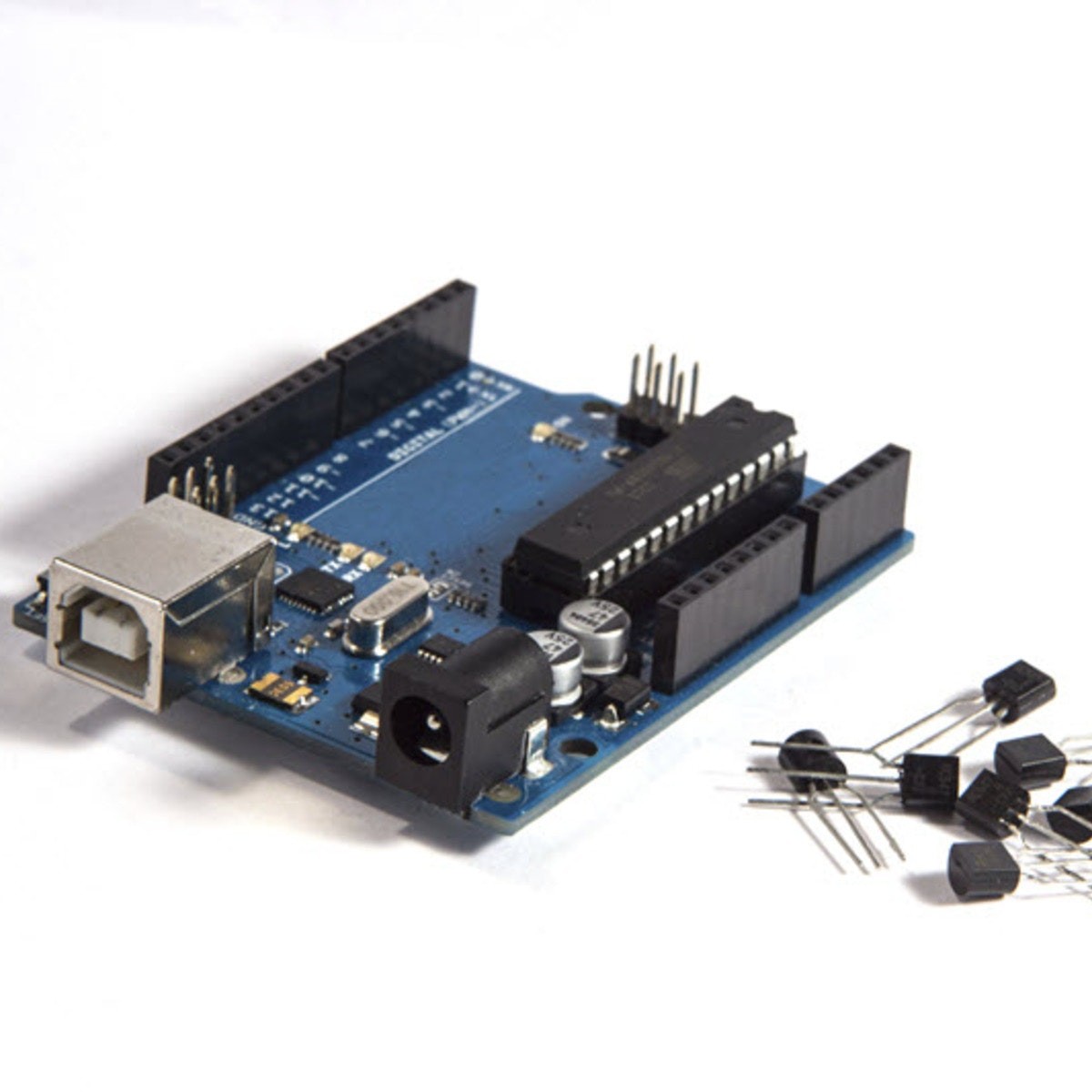Interfacing with the Arduino
Design, create, and deploy a fun IoT device using Arduino and Raspberry Pi platforms.This Specialization covers embedded systems, the Raspberry Pi Platform, and the Arduino environment for building devices that can control the physical world. In the final Capstone Project, you'll apply the skills you learned by designing, building, and testing a microcontroller-based embedded system, producing a unique final project suitable for showcasing to future employers. Please note that this specialization does not offer discussion forums.
Created by: Ian Harris
 Quality Score
Quality Score
Overall Score : 92 / 100
 Live Chat with CourseDuck's Co-Founder for Help
Live Chat with CourseDuck's Co-Founder for Help
 Course Description
Course Description
 Instructor Details
Instructor Details

- 4.6 Rating
 150 Reviews
150 Reviews
Ian Harris
Ian G. Harris is currently Vice Chair of Undergraduate Education in the Computer Science Department at the University of California, Irvine. He received his BS degree in Computer Science from Massachusetts Institute of Technology in 1990. He received his MS and PhD degrees in Computer Science from the University of California, San Diego in 1992 and 1997 respectively. He was a member of the faculty in the Electrical and Computer Engineering Department at the University of Massachusetts Amherst from 1997 until June 2003. Professor Harris serves on the program committees of several leading conferences in hardware design verification and security including IEEE/ACM Design Automation Conference, IEEE International Conference on Computer-Aided Design, and IEEE Hardware Oriented Security and Trust (HOST). Professor Harris serves on the program committees of several leading conferences in hardware design verification and security including IEEE/ACM Design Automation Conference, IEEE International Conference on Computer-Aided Design, and IEEE Hardware Oriented Security and Trust (HOST).





